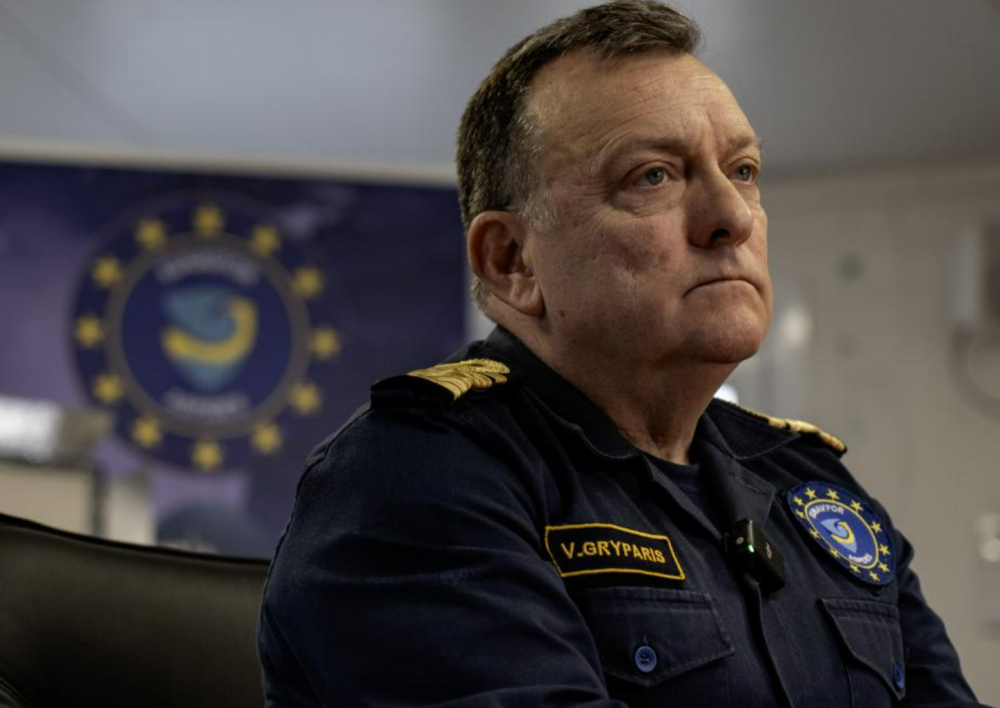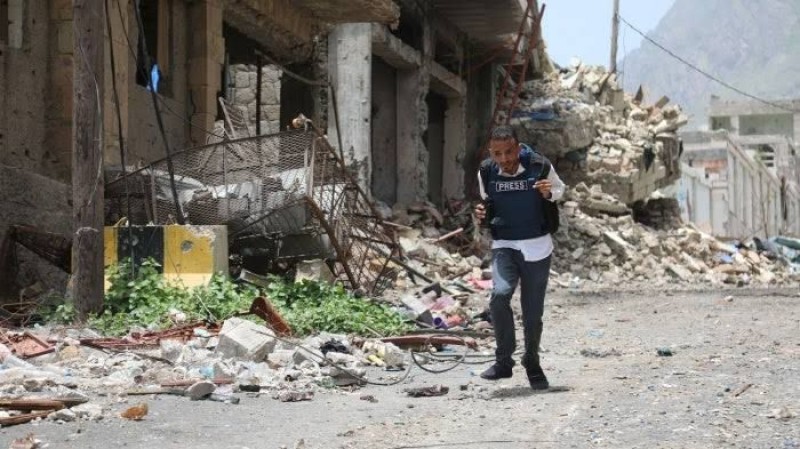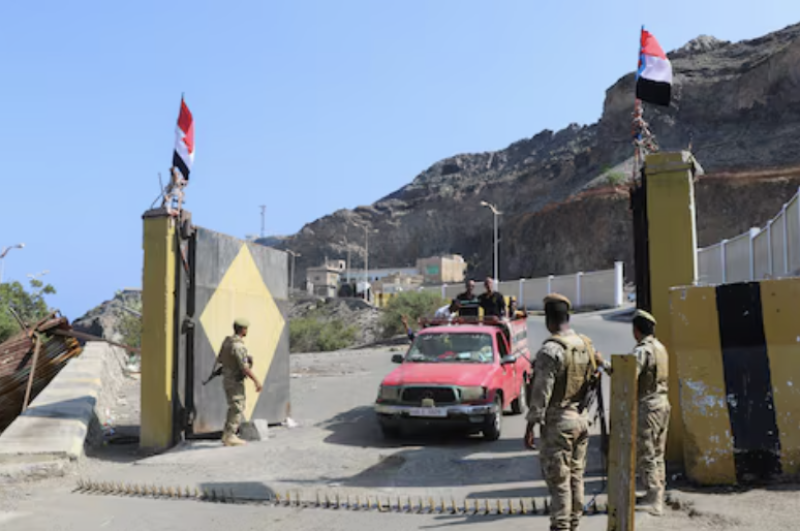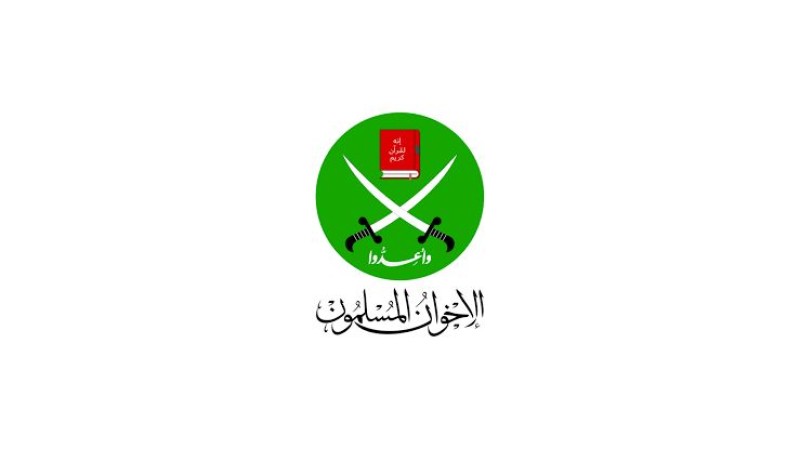We're not here to fight the Houthis, EU Red Sea commander says


The commander of the EU's Red Sea naval defence operation has distanced his mission from daily US strikes on the Houthis, as tension between the Americans and the Iran-backed Yemeni rebels grows.
Houthi rebels on Wednesday claimed to have attacked US warships in the Red Sea three times in the preceding 24 hours with drones and cruise missiles after American strikes killed at least four people in Yemen.
“We are not fighting the Houthis,” Admiral Vasileios Gryparis said in an interview with The National at the headquarters of the EU Naval Force Operation Aspides in the Greek city of Larisa. “We are dealing with their actions against the shipping industry, and we are protecting global common goods like the freedom of navigation, and the sea farers’ lives. We have never injured any Houthis during all these actions that we have taken in that area.”
The EU launched Operation Aspides – named after the Greek word for “shield” – in February 2024 in response to Houthi attacks on shipping in the Gulf of Aden and Red Sea to the Suez Canal. It provides close protection for commercial ships, intercepts strikes on them, and monitors and assesses potential threats.
The Houthis began attacking the key global trade artery in November 2023, claiming solidarity with Palestinians as Israeli attacks on Gaza intensified following Hamas’s assault on southern Israel the previous month. Washington redesignated the Yemeni rebels as a terrorist organisation, as the administration of President Donald Trump takes an increasingly offensive posture towards the group.
Limited assets to counter Houthi attacks
Aspides currently has three vessels – the Italian Federico Martinengo, a Hellenic Navy HS Hydra and a French frigate – to cover a huge mission area extending into the north-west Indian Ocean.
Lacking more assets from EU states, Admiral Gryparis has focused efforts on a 2,200km high-threat area where the Houthis have launched most attacks around the Bab Al Mandeb strait, the 26km wide corridor of water that separates Yemen from the Horn of Africa.
“My huge problem is the number of the assets that I have and the vastness of the area of operation, because I cannot protect everybody there,” the commander said.
EU provision of more assets for the mission could help temper US criticism that Europe is not pulling its weight in securing maritime routes. Up to 15 per cent of global maritime trade volumes typically pass through the Red Sea.
“I just hate bailing Europe out again,” US Vice President JD Vance was reported as writing in a leaked Signal conversation last week, as he supported a suggestion to strike the Houthis.
Defence Secretary Pete Hegseth replied: “Vice President, I fully share your loathing of European free-loading. It’s pathetic.”
In response to those claims, Admiral Gryparis said that some of the vessels for which his mission has provided close protection belong to US companies, or have US interests.
“If the European countries want to have greater involvement, of course, they have to decide upon that, and I'm already here to deliver,” he said. “I have already given evidence to everybody that although I don't have the necessary assets, we are doing the best we can, and we provide evidence and numbers.”
In just over a year, the mission has helped the passage of more than 740 vessels, 440 of which were provided with close protection – a task that takes about three days per ship. It has intercepted 18 drones, two drone boats and four anti-ship missiles.
Had the mission not acted, “the [the strikes] would have hit the vessels that we were protecting at that time”, Admiral Gryparis said, with potential “loss of human lives and huge damage on board the vessels”.
The Houthi attacks in the Red Sea have wreaked havoc on global shipping, forcing oil tankers and container vessels to reroute around the Cape of Good Hope south of Africa, vastly increasing costs, fuel consumption and transit time. For Europe, heavily reliant on imports from the East, that created an incentive to create a mechanism to ease commercial ships’ passage through the traditional route.
Forces from 21 of the 27 EU nations are participating in the mission: personnel from Finland, the Netherlands and Poland are seen at the Larisa base. The majority of the rest are on board the Italian Federico Martinengo, the operation’s current flagship.
European concerns over the war in Ukraine and the financial burden of supplying assets to the Red Sea mission are factors in the force’s limited assets, Admiral Gryparis said. Not all EU militaries are suitably equipped to provide, either, lacking the necessary naval vessels with air defences.
“The financial burden for the vessels that are being provided lies on the member states that are providing them, so to some extent it might be a financial reason,” he said.

The International Federation of Journalists (IFJ) announced that 111 journalists and media workers were killed across the globe in 2025, underscori…

Aden — Southern and eastern regions of Yemen, under the authority of the internationally recognized government, are witnessing a new phase of…

Florida Governor Ron DeSantis has issued an executive order designating the Muslim Brotherhood and the Council on American-Islamic Relations (CAIR)…